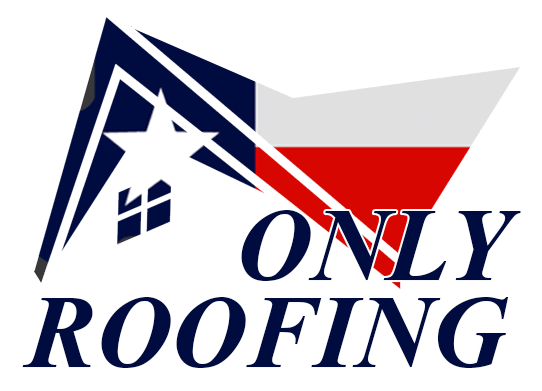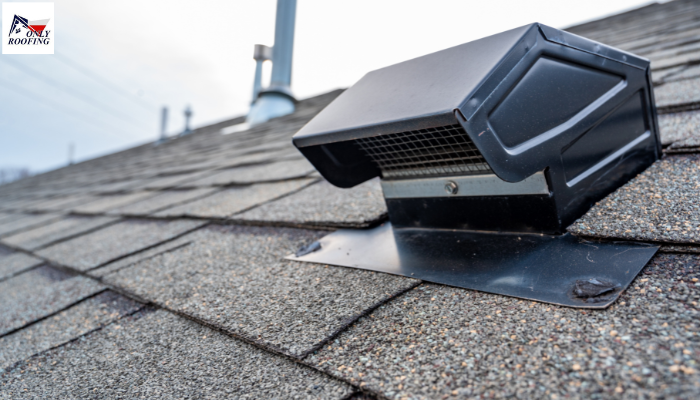Valleys, or V-shaped intersections between roof planes, play an essential part in channeling rainwater away from your home and keeping leaks at bay. To ensure proper drainage and prevent leaks in these vulnerable spots, special protection must be applied – such as valley metal. But How to install valley metal on a shingle roof? – Installing valley metal on a shingle roof requires knowledge and an approach that ensures secure yet visually appealing results.
No matter whether you are an experienced DIY-er or seeking guidance before hiring roof contractors in Spring TX, this guide provides all of the steps to install valley metal on a shingle roof!
Before Starting: Essential Tools and Materials
Prioritize safety when selecting valley metal panels; use tin snips and a roofing hammer equipped with magnetic nail holders to cut roofing nails of appropriate length; purchase appropriate roofing stapler nails for roofing stapler use, keep caulking gun/sealant on hand as an accurate measuring device and use work boots as necessary – these all add up.
Step-By-Step Guide for Installing Valley Metal on a Shingle Roof
1. Prep Work is Key
- Clear the Work Area: Clear away the debris or loose shingles to create an ideal surface for the installation of valley metal.
- Check for Existing Damage in the Valley: Before commencing installation, ensure there are no existing signs of wear on either underlayment or roof decking within the valley area. Address any outstanding concerns before continuing.
- Ventilation Check: Make sure that adequate ventilation exists between the roof’s eaves and peak, to allow air circulation and prevent moisture build-up.
2. Measuring and Cutting Valley Metal
- Measure the Valley Length: Utilizing a tape measure, take accurate measurements of the valley you need to cover.
- Cut Metal Panels: Using tin snips, cut valley metal panels with a 6-inch overlap between each panel.
- Bend the Panel Edges: Bending the edges of valley metal panels slightly upwards by approximately 1/4 inch will form a lip that helps channel water flow more effectively.
3. Installing Your First Panel
- Slide under Shingles: Carefully insert a valley metal panel under both sets of shingles on both sides of the valley so its “lip” faces upward.
- Sealant: Apply a generous bead of sealant along the underside where it meets with underlayment for extra security and protection from leakage.
- Secure Your Panel: Use roofing nails or staples to fasten the panel to the roof deck at its outer edges, according to its manufacturer’s recommended pattern of nailing. Aim to avoid nailing in the middle of valleys to minimize pooling.
4. Installation and Overlapping
- Repeat the Process: Build upon this Process by sliding subsequent valley metal panels under and overlapping the previous panel by at least 6 inches for proper water drainage.
- Seal and Secure: Employ sealant to adhere each panel securely similarly using nails or staples to how the first was secured with nails or staples, following the same techniques for all panels.
5. Finishing Touches
- Cut the Final Panel: To add that finishing touch, cut a final valley metal panel according to size so it overlaps its predecessor by at least 6 inches before installing it in its place.
- Seal and Secure: For added peace of mind, apply a sealant to the final panel before attaching it with nails or staples, following a similar technique as with previous panels.
- Inspect the Installation: Once installation is completed, carefully examine every valley metal installation for any gaps, loose nails, or improper sealing that require further attention, and apply more sealant as necessary if required.
Even for experienced individuals, installing valley metal can be accomplished on their own with relative ease; in certain scenarios, however, professional help from qualified roof replacement woodlands should be considered!
Final Thoughts
How to install valley metal on a shingle roof? – By following these guidelines and understanding your limitations, installing valley metal on your shingle roof with confidence should become possible. Proper installation of valley metal systems is integral for maintaining structural integrity and lifespan of roofs – but if this project seems overwhelming to tackle alone don’t hesitate to get in touch with Only Roofing reliable and experienced team for assistance. Gain full potential from top-quality replacement services from Roof Contractors in TX, so your home stays protected against weather elements for many years!

